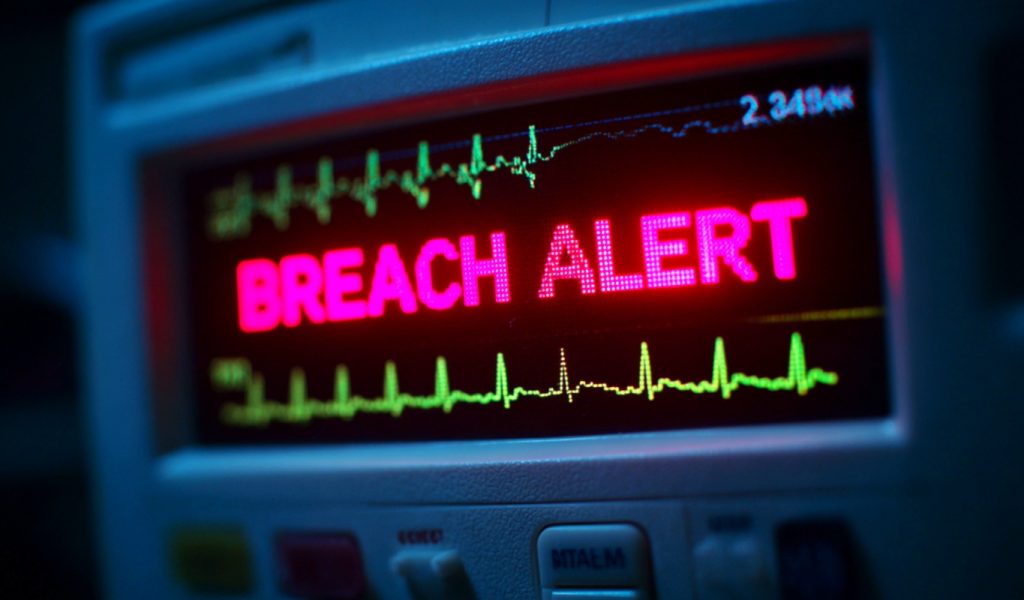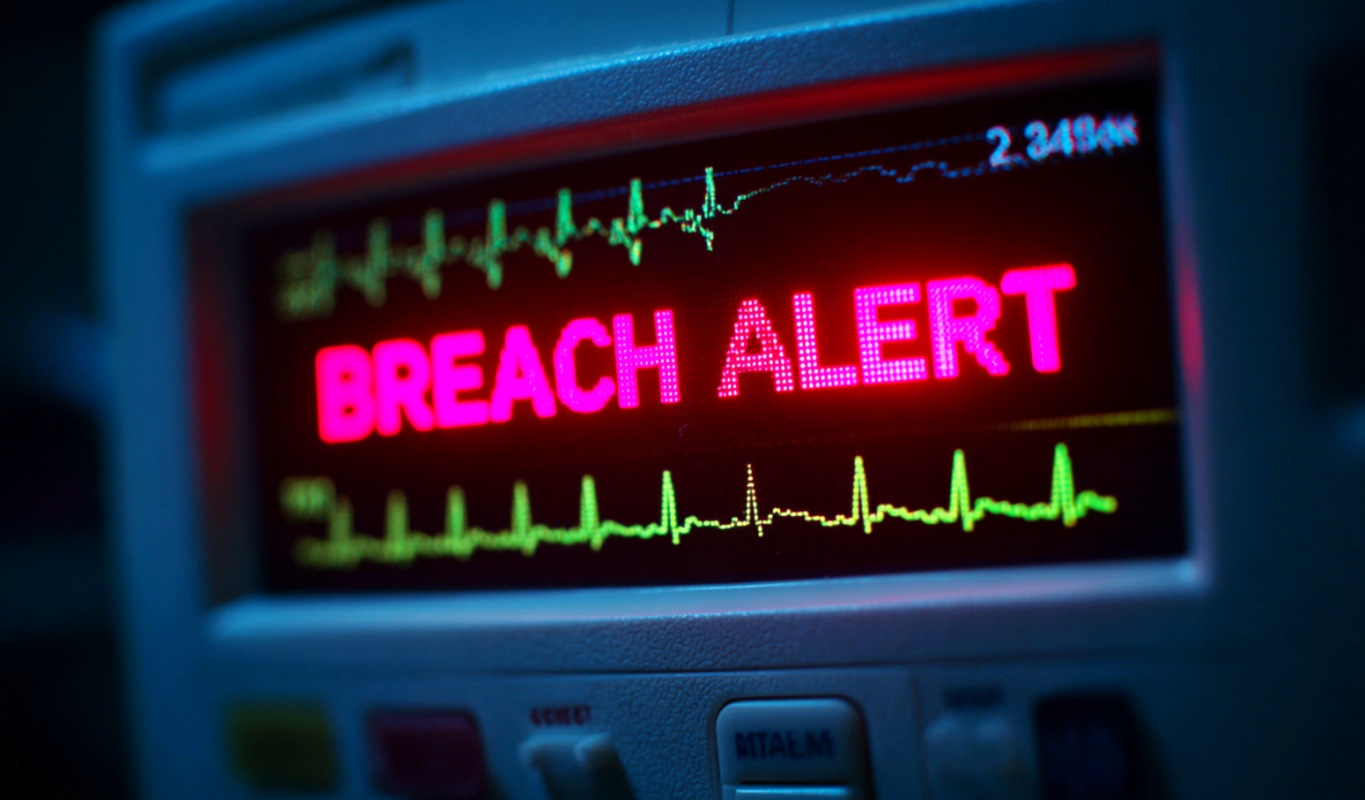
The Episource Data Breach: A Deep Dive into the Healthcare Cybersecurity Crisis
Introduction
The healthcare industry has become a prime target for cybercriminals due to its vast repositories of sensitive patient information. The recent Episource data breach, affecting over 5.4 million individuals, highlights the vulnerabilities within the modern healthcare system and the urgent need for robust cybersecurity measures. This report explores the details of the Episource breach, its impact on affected individuals, and the broader implications for the healthcare industry.
Episource: A Key Player in Healthcare Data Management
Episource operates as a medical billing company, processing insurance claims and handling sensitive patient data on behalf of healthcare providers. As a subsidiary of Optum, a unit of UnitedHealth Group, Episource plays a significant role in the American healthcare ecosystem. This position grants them access to a vast amount of personal and medical information, making them an attractive target for malicious actors.
The Anatomy of the Attack: Ransomware and Data Exfiltration
The Episource data breach occurred in late January and early February 2024. Initially, the exact nature of the cyberattack was undisclosed. However, Sharp Healthcare, an organization collaborating with Episource and impacted by the incident, later revealed it to be a ransomware attack. Ransomware attacks involve malicious actors encrypting an organization’s data and demanding a ransom payment in exchange for the decryption key. Often, these attacks are preceded or accompanied by data exfiltration, where sensitive data is copied and removed from the organization’s network. In the Episource case, data exfiltration was a significant component of the attack.
Scope of the Breach: Millions Affected
The breach exposed the personal and medical information of over 5.4 million individuals across the United States. The stolen data includes a wide range of sensitive information, such as:
– Personal Information: Names, addresses, dates of birth, Social Security numbers, and other personally identifiable information (PII).
– Medical Records: Medical histories, diagnoses, treatment information, medications, and other healthcare-related data.
– Insurance Information: Health insurance policy numbers, claims data, and other insurance-related details.
– Doctor Data: Information related to healthcare providers and their practices.
– Imaging and Care Details: Records of medical imaging procedures and details about patient care.
– Test Results: Results of medical tests and laboratory analyses.
The breadth and depth of the stolen data make this breach particularly concerning, as it can have far-reaching consequences for affected individuals.
Impact on Affected Individuals: A Cascade of Risks
The exposure of personal and medical information can have a devastating impact on individuals. The potential consequences include:
– Identity Theft: Stolen personal information can be used to open fraudulent accounts, apply for loans, and commit other forms of identity theft.
– Medical Identity Theft: Stolen medical information can be used to obtain medical treatment under someone else’s name, potentially leading to inaccurate medical records and compromised healthcare.
– Financial Loss: Victims may experience financial losses due to fraudulent charges, unauthorized access to bank accounts, and other financial crimes.
– Emotional Distress: The anxiety and stress associated with identity theft and the potential misuse of personal information can have a significant emotional toll on victims.
– Privacy Violations: The exposure of sensitive medical information can be a significant violation of privacy, leading to feelings of vulnerability and loss of control.
The Healthcare Industry Under Siege: A Growing Threat
The Episource data breach is not an isolated incident. The healthcare industry has become an increasingly attractive target for cybercriminals due to the high value of medical data and the often-lax security practices of healthcare organizations. The Change Healthcare ransomware attack, which affected over 100 million people, underscores the scale of the threat.
Several factors contribute to the vulnerability of the healthcare industry:
– Legacy Systems: Many healthcare organizations rely on outdated IT systems that are difficult to secure and maintain.
– Complexity of the Healthcare Ecosystem: The healthcare industry involves a complex network of providers, payers, and vendors, each with its own security vulnerabilities.
– Lack of Cybersecurity Expertise: Many healthcare organizations lack the internal expertise to effectively defend against cyberattacks.
– Limited Resources: Smaller healthcare organizations may lack the financial resources to invest in robust cybersecurity measures.
Prevention and Mitigation: Strengthening Cybersecurity Defenses
To protect against future data breaches, healthcare organizations must take proactive steps to strengthen their cybersecurity defenses. Some key measures include:
– Implementing a Robust Cybersecurity Framework: Organizations should adopt a comprehensive cybersecurity framework, such as the NIST Cybersecurity Framework, to guide their security efforts.
– Conducting Regular Risk Assessments: Organizations should conduct regular risk assessments to identify vulnerabilities and prioritize security improvements.
– Implementing Strong Access Controls: Organizations should implement strong access controls to limit access to sensitive data to authorized personnel only.
– Encrypting Sensitive Data: Organizations should encrypt sensitive data both in transit and at rest to protect it from unauthorized access.
– Implementing Multi-Factor Authentication: Organizations should implement multi-factor authentication to add an extra layer of security to user accounts.
– Providing Cybersecurity Training to Employees: Organizations should provide regular cybersecurity training to employees to educate them about phishing scams, malware, and other cyber threats.
– Implementing Incident Response Plans: Organizations should develop and implement incident response plans to effectively respond to and recover from cyberattacks.
– Regularly Patching and Updating Software: Organizations should regularly patch and update software to address known vulnerabilities.
– Monitoring Network Traffic: Organizations should monitor network traffic for suspicious activity and potential security breaches.
– Collaborating with Cybersecurity Experts: Organizations should collaborate with cybersecurity experts to stay informed about the latest threats and best practices.
Conclusion: A Call to Action for Healthcare Cybersecurity
The Episource data breach serves as a wake-up call for the healthcare industry. It underscores the urgent need for healthcare organizations to prioritize cybersecurity and take proactive steps to protect sensitive patient data. Failure to do so can have devastating consequences for individuals and the healthcare system as a whole. The healthcare industry must invest in robust cybersecurity measures, train employees, and collaborate with cybersecurity experts to effectively defend against the ever-evolving threat landscape. Only through a concerted effort can the healthcare industry protect sensitive patient data and maintain the trust of the public.
Securing the Future of Healthcare: A Shared Responsibility
Protecting patient data is not just the responsibility of healthcare organizations; it is a shared responsibility involving policymakers, technology vendors, and individuals. Policymakers must enact strong data privacy laws and regulations to hold organizations accountable for protecting sensitive information. Technology vendors must develop secure products and services that meet the unique needs of the healthcare industry. Individuals must take steps to protect their own personal information by being cautious about sharing data online and regularly monitoring their credit reports for signs of identity theft. By working together, we can create a more secure and resilient healthcare system that protects patient data and promotes public health.





